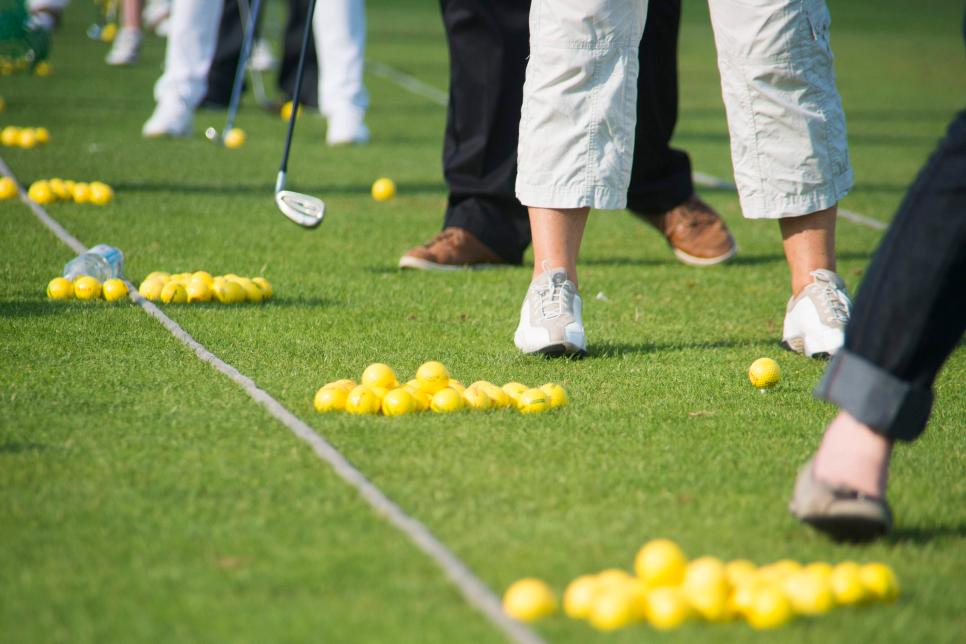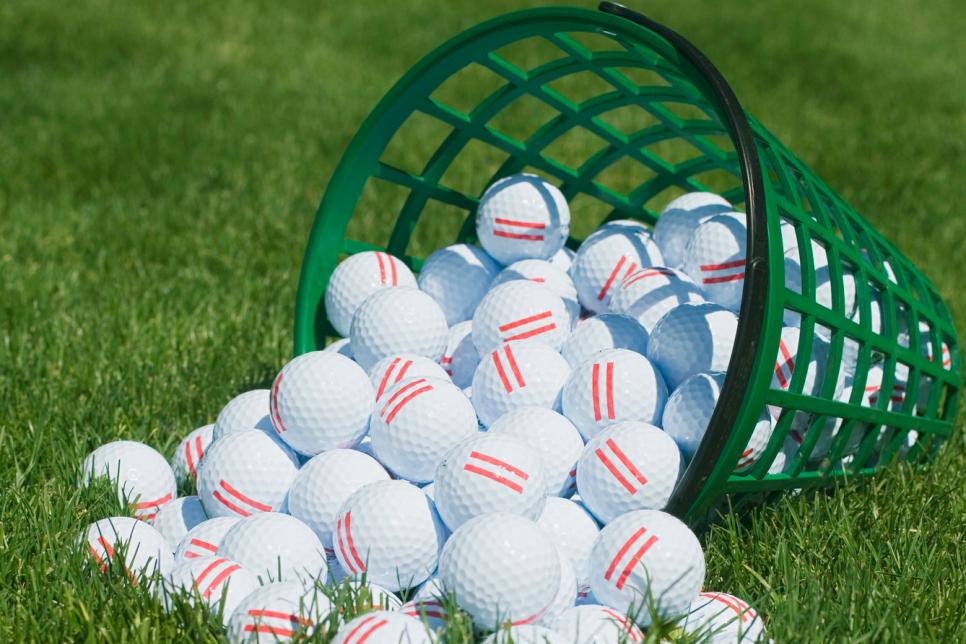This article origionally appeared in the Golf IQ newsletter.
You can make sure you get this (and more!) in-depth newsletters by signing up for Golf Digest+ right here.
A reader named Ted reached out last week with a thoughtful question, and one many golfers can relate to it. I liked it so much that I wanted to devote the entire newsletter to it, so let’s get into it.
Ted says he’s a 70 year-old, 7-handicap who hits a fade but dreams of hitting a draw. His strength is around the green. In short, he’s a good player with a great short game—not the kind of golfer you want to be giving too many shots in a match.
Here’s his question:
“Every year I dream of hitting the ball from right-to-left. I am beginning to work with our young club pro and he wants to change my move to hit a draw. I find it extremely difficult to change my lifelong, self-taught swing and wonder if I should tell him to work with what I have and make it more efficient. I do not have the time, attention span or physical stamina to hit a bunch of balls all week.”

STEPHAN ZABEL cr-management.de
It’s a good question, and one I strangely get asked a lot. Should golfers stick with what they have? Or revamp it all?
The best way to think about your golf swing is to treat it like the house you’re living in.
Sure, you could move out, tear it to the ground and build a new house. But that process takes a lot of time, money, and effort. But that doesn't mean you don’t do anything to your house ever. If you did that, it would fall into disrepair.
So, most people end up doing constant little upgrades over the space of years. They’ll fix the gutters, then paint the siding, then redo the kitchen, then get the trees trimmed.
Routine maintenance, not all-or-nothing. You should sort of always be subtly working on stuff, because with each little step you’ll be getting a little better. That’s how you should think about your golf swing.
This idea of making small, slow changes constantly is what most tour players do, too. I didn’t include it last week, but Dylan Wu put it well during our chat:
“I try to bleed-in what I'm working on the range into competition. If I can do something 100 percent perfectly on the range, I can only do it 50 percent on the course, and maybe 10 percent in competition. That’s one thing I would tell people: Most of what you do on the range will go away. But if you keep doing it, it’ll bleed-in over time.”
To that end, here’s a bit of advice.
5 stupid ways to make a swing change
1. Trying to change too many things all at once
Focus on solving one or two smaller swing issues at a time. As Dylan says, let the changes bleed in over time.
2. Flailing around between lots of different drills, coaches, and training aids
Find some go-to and use it often. Consistency and repetition is key with swing changes, as Butch Harmon says.
3. Trying to DIY your own swing renovation
Find a good coach to check in with routinely and can help you through your changes.
4. Too much range time, not enough course time
Don't get lost beating balls on the range. Use your range time to practice the right movements and find a feel or thought you can bring to the course. Leave the detailed technical thoughts on the range where they belong.
5. Practicing only in full speed
When you’re working on a swing change, as any coach will tell you, making lots of slow-motion practicing swings and exaggerated rehearsals will help transfer the moves you want, as a top coach explains below...
Tony’s 20-20-20 practice plan
Tony Ruggiero is one of our Golf Digest Top 50 coaches, and recently launched an awesome new Pivot Pack training aid to help golfers transfer their changes to the golf course.
I relayed Ted’s question to him, and he recommends golfers divide their practice or warmup sessions into three batches (note: you can hit more or less than 20 shots in each batch, as long as keep in consistent).
20 shots: Slow motion swings; the ball should only go 20 percent of its normal distance.
20 shots: Five practice swings or drills, then five full shots.
20 shots: Change clubs and targets for each shot.
After that: Play! “You have to learn to transfer it to the course,” Ruggiero says. “There’s no substitute.”
It’s great advice from Tony, and it speaks to how swing changes stick: Organized practice, intentional (sometimes tedious) rehearsals, and lots of patience.
To learn more about a smarter way to approach your practice,
